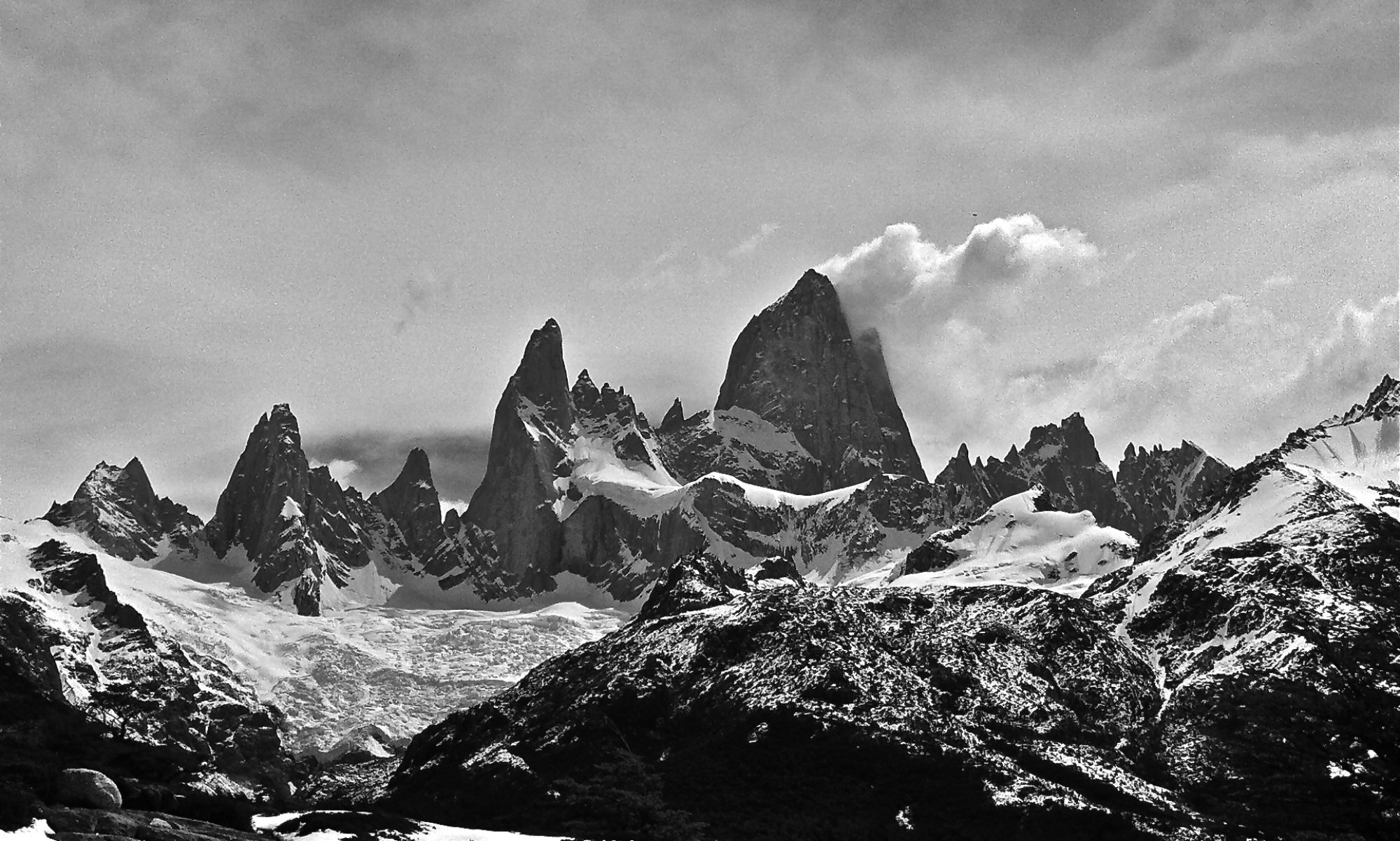We flew to Panama City via Dallas and Miami on Wednesday, arriving a bit past 10p local time. It wasn’t too hard to fall asleep on Eastern time since we’d gotten up at 4a for an early departure from Portland.
We’re staying near the Pacific entrance to the canal. There’s a 5k causeway that was constructed to connect the mainland to a few small islands and create a harbor (and calm water) at the entrance to the canal. We walked to the end of the causeway. We could see a bunch of huge ships lined up to enter the canal, but only saw a couple go in. No doubt there’s a lot of logistics on who gets to go in and when.

We grabbed some lunch – ceviche, empanadas and camorones (shrimp), tried a few of the local brews (Atlas and Panamá), then took a cab over to El Casco Antiguo.
El Casco Antiguo was built from 1673 after the original site of Panama City (a few kilometers east) was destroyed. The architecture is European; it feels like the French Quarter in New Orleans. We started in La Plaza de Francia.

We spent the afternoon walking the streets and poking our heads in a few shops. We checked out El Museo del Canal. It was entirely in Spanish! Fortunately, Leena minored in Spanish and I took cuatro años in high school, so we managed to put together most of the story. We actually just missed the 100-year anniversary of its opening (August 1914). To summarize a bit… The French started the project, but abandoned it – the project was costing too much in both money and lives. The US took another 10 years to finish the canal. Even today, it would take a monumental engineering effort, so it’s remarkable that it was completed a century ago. We also learned about some of the political history, including US military bases. The ownership by the US and lack of revenue for Panama from the canal boiled over in the late 60s in riots that numbers more than 250,000 people. Jimmy Carter eventually signed a renegotiated treaty that did in fact hand over control of the canal to Panama in 1999. Panama holds Carter in high regard for this; the act was described as an act of political suicide.
El Casco Antiguo is situated on a peninsula and looks across at the modern downtown. Panama City is the largest city in Central America with over 1 million residents.

Random sighting: a guy was riding his skateboard while being towed along by his dog – a beagle! Oh, hey, it’s also really hot and humid here!














